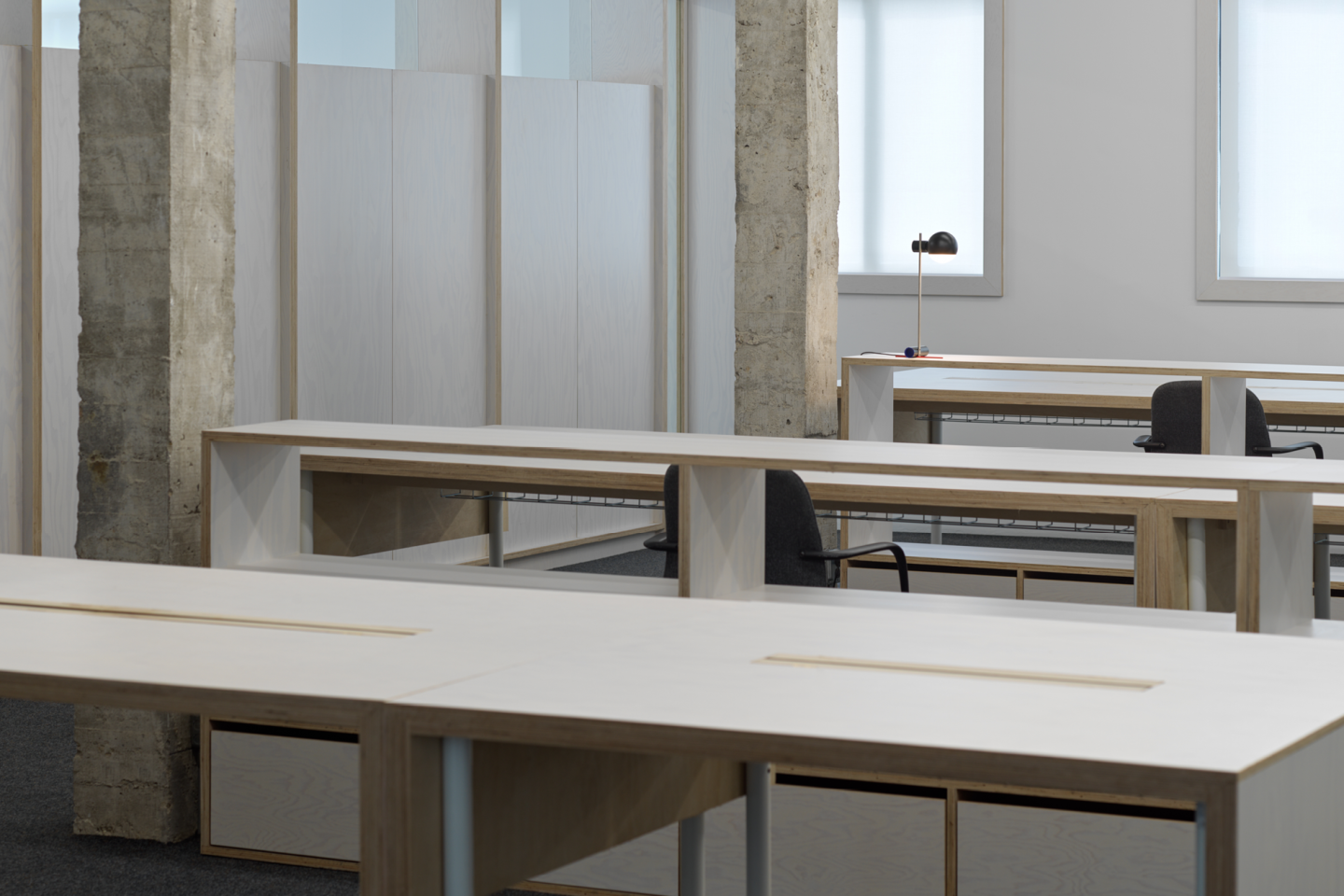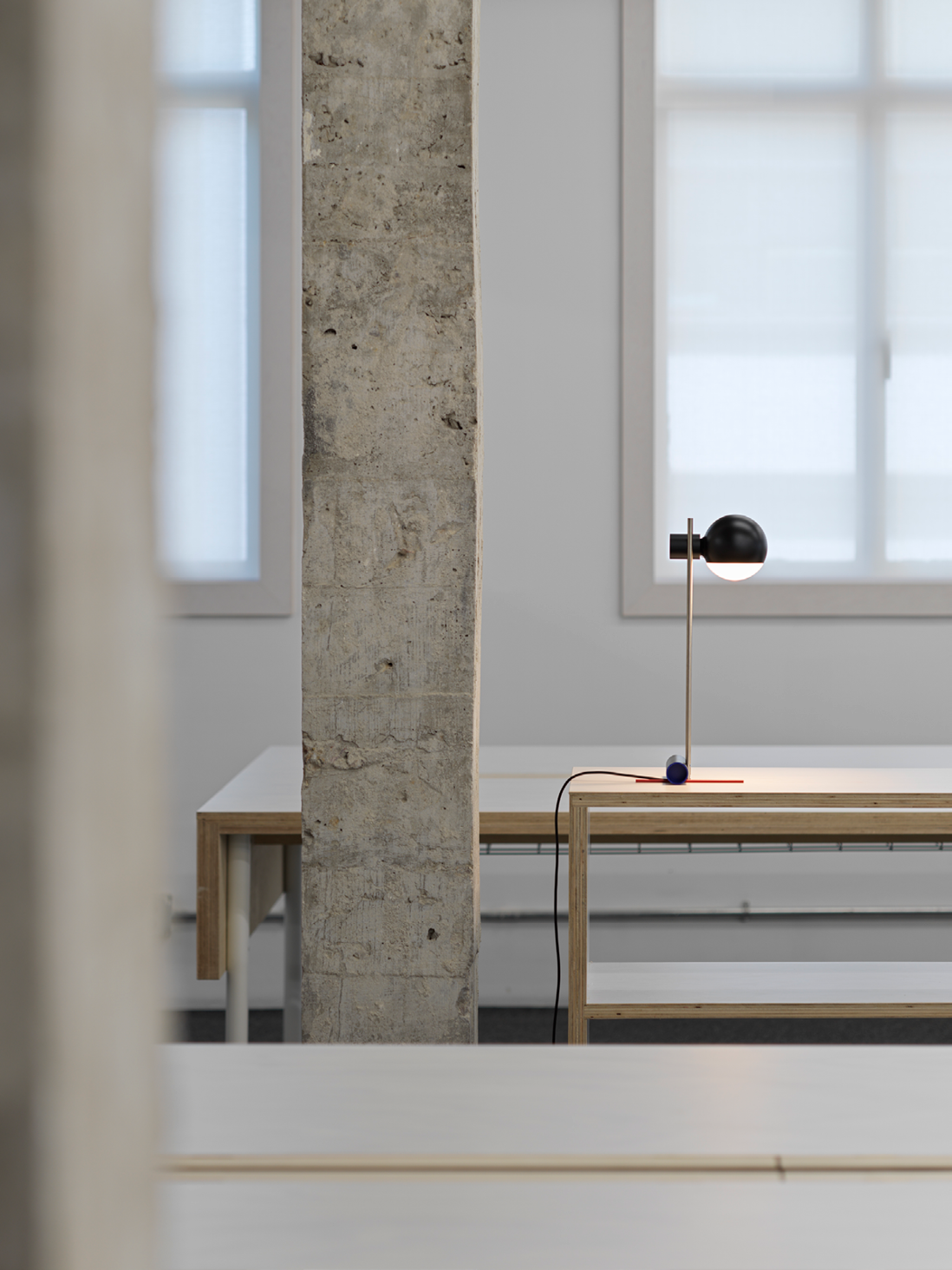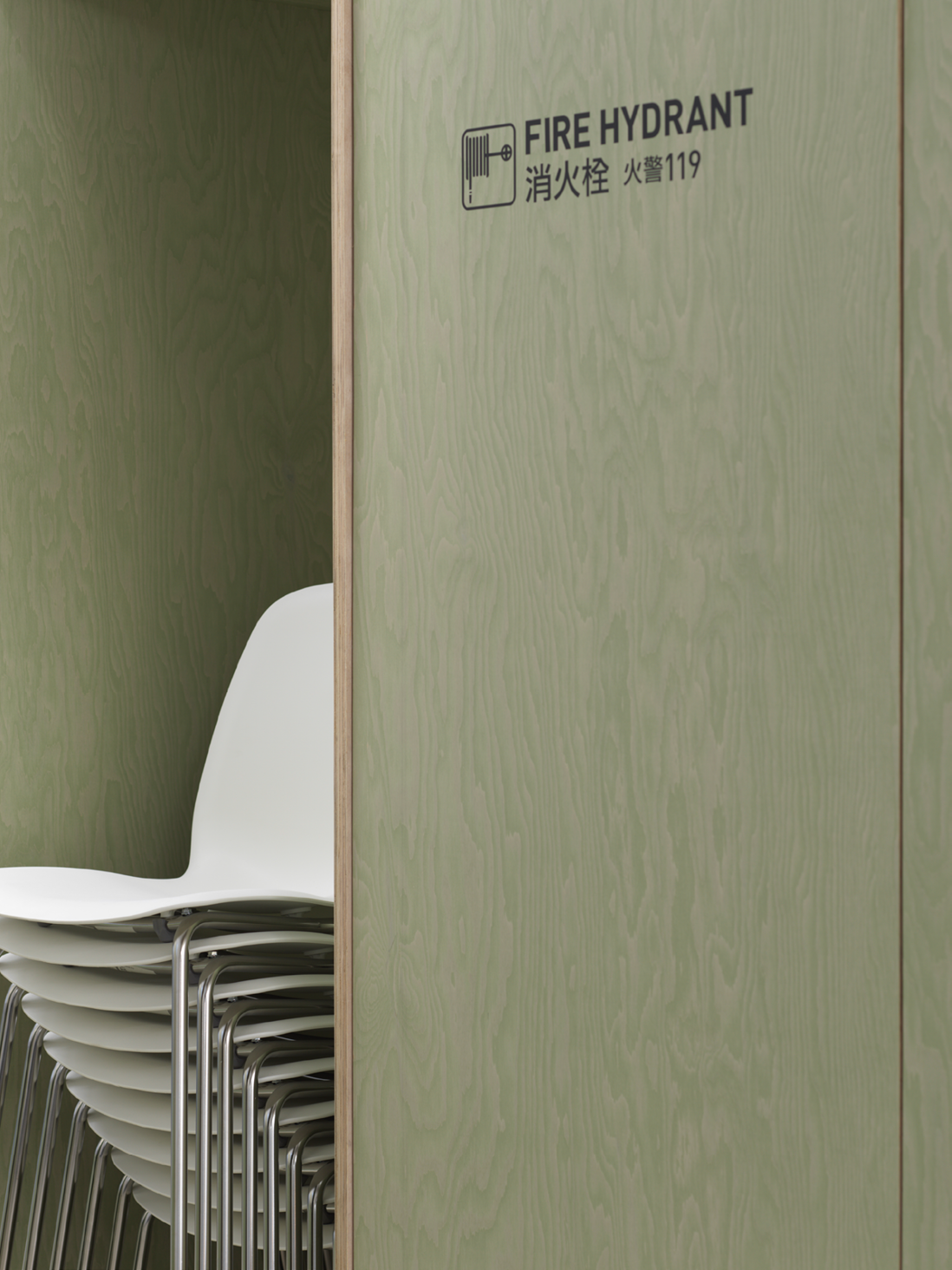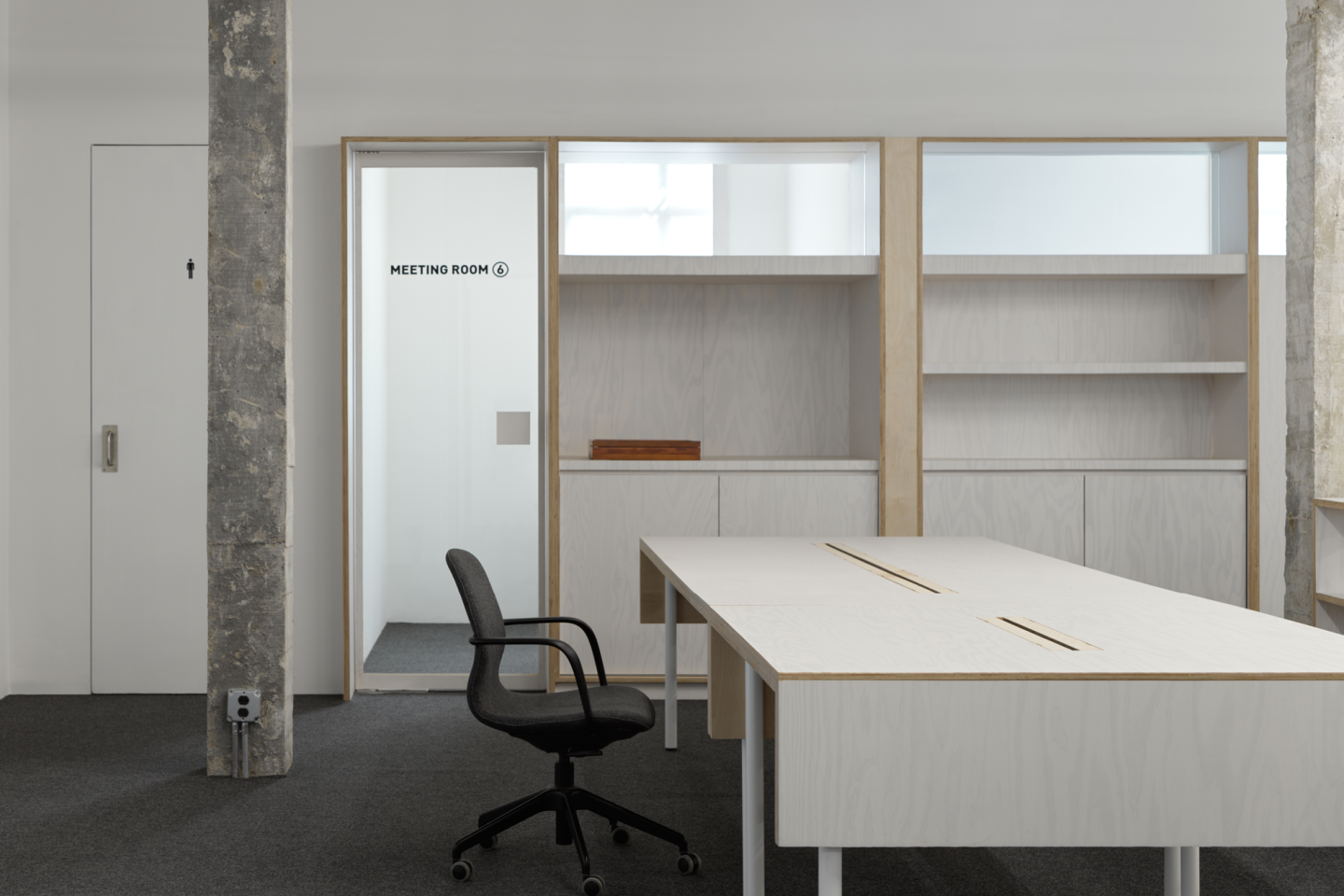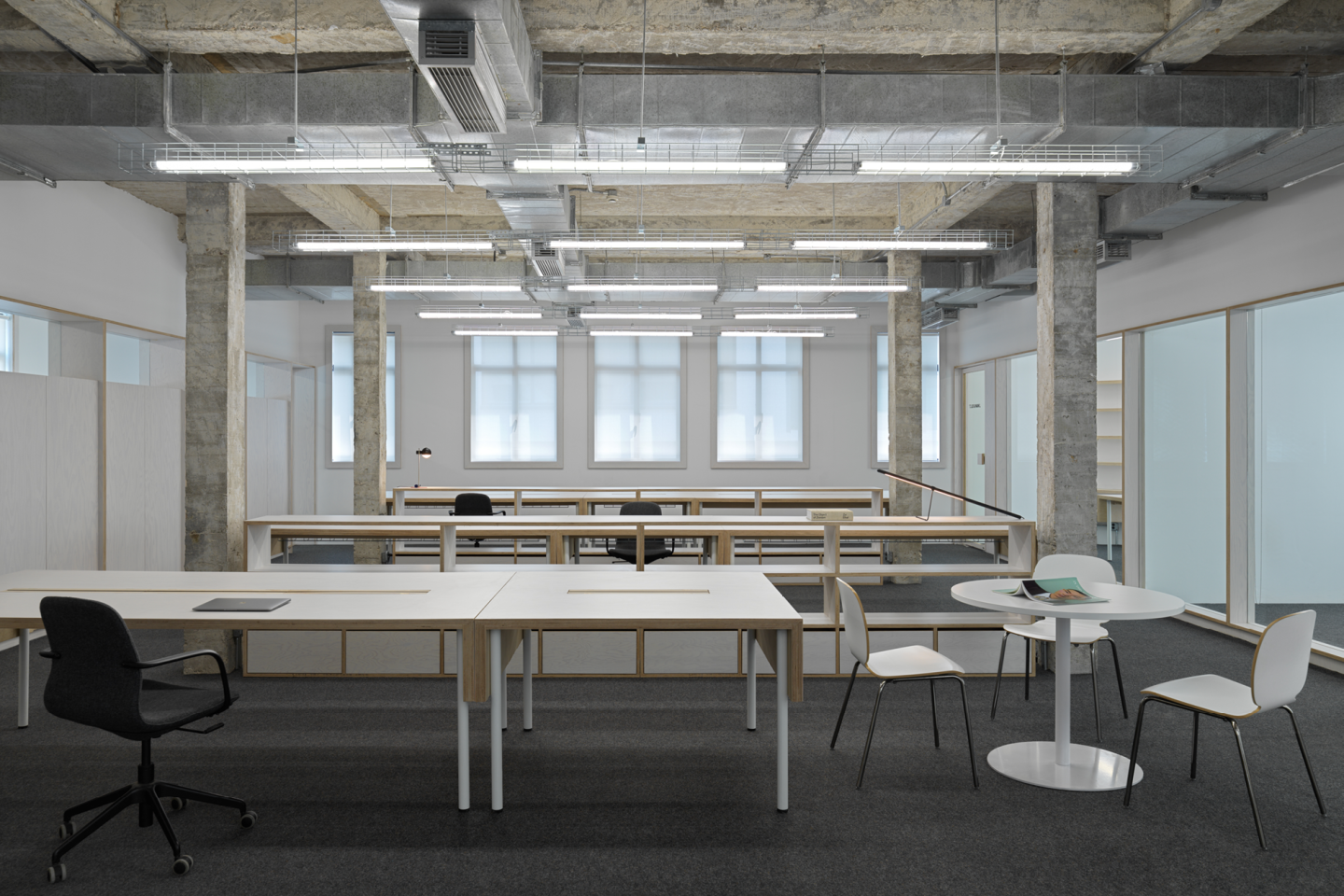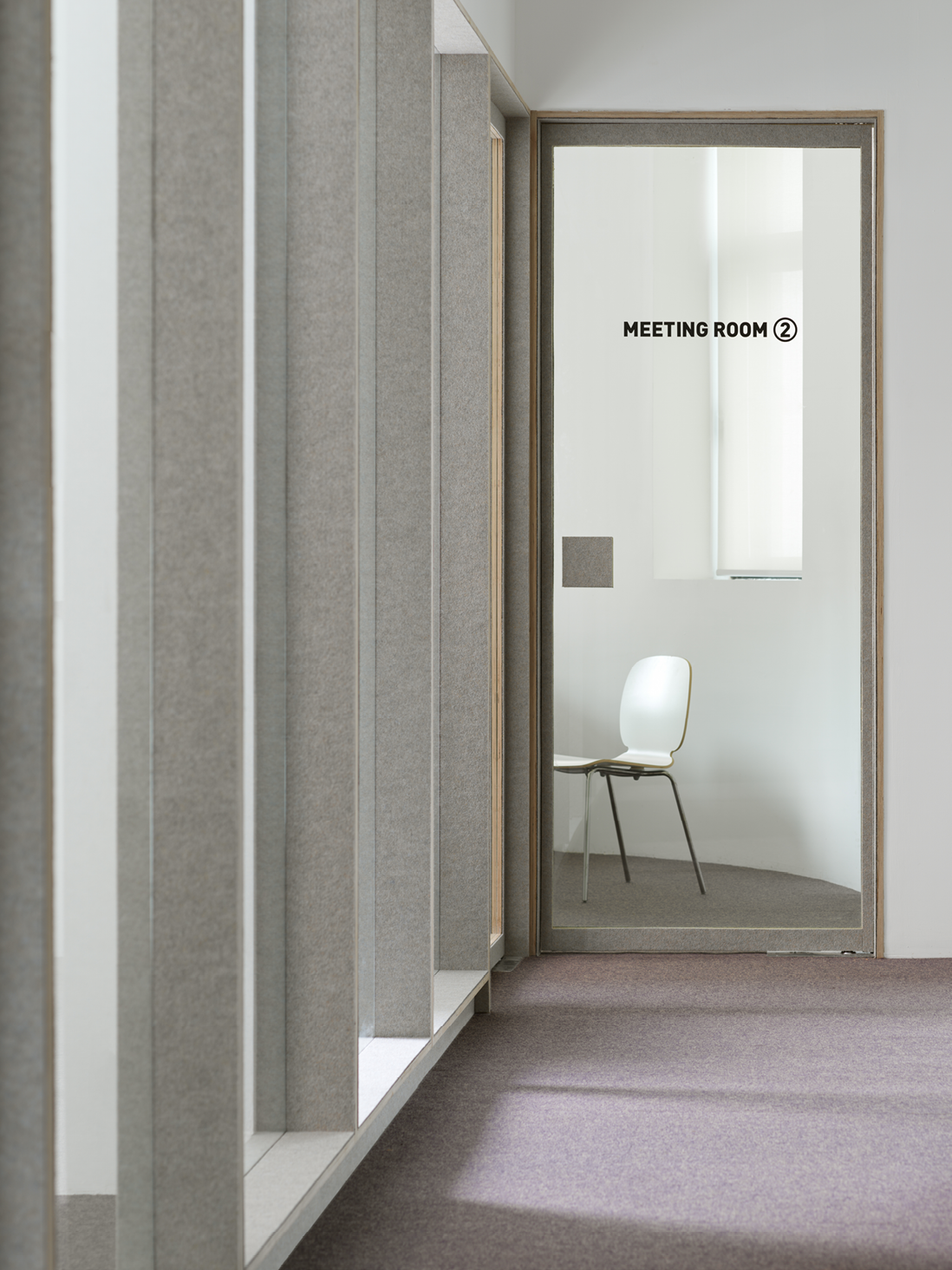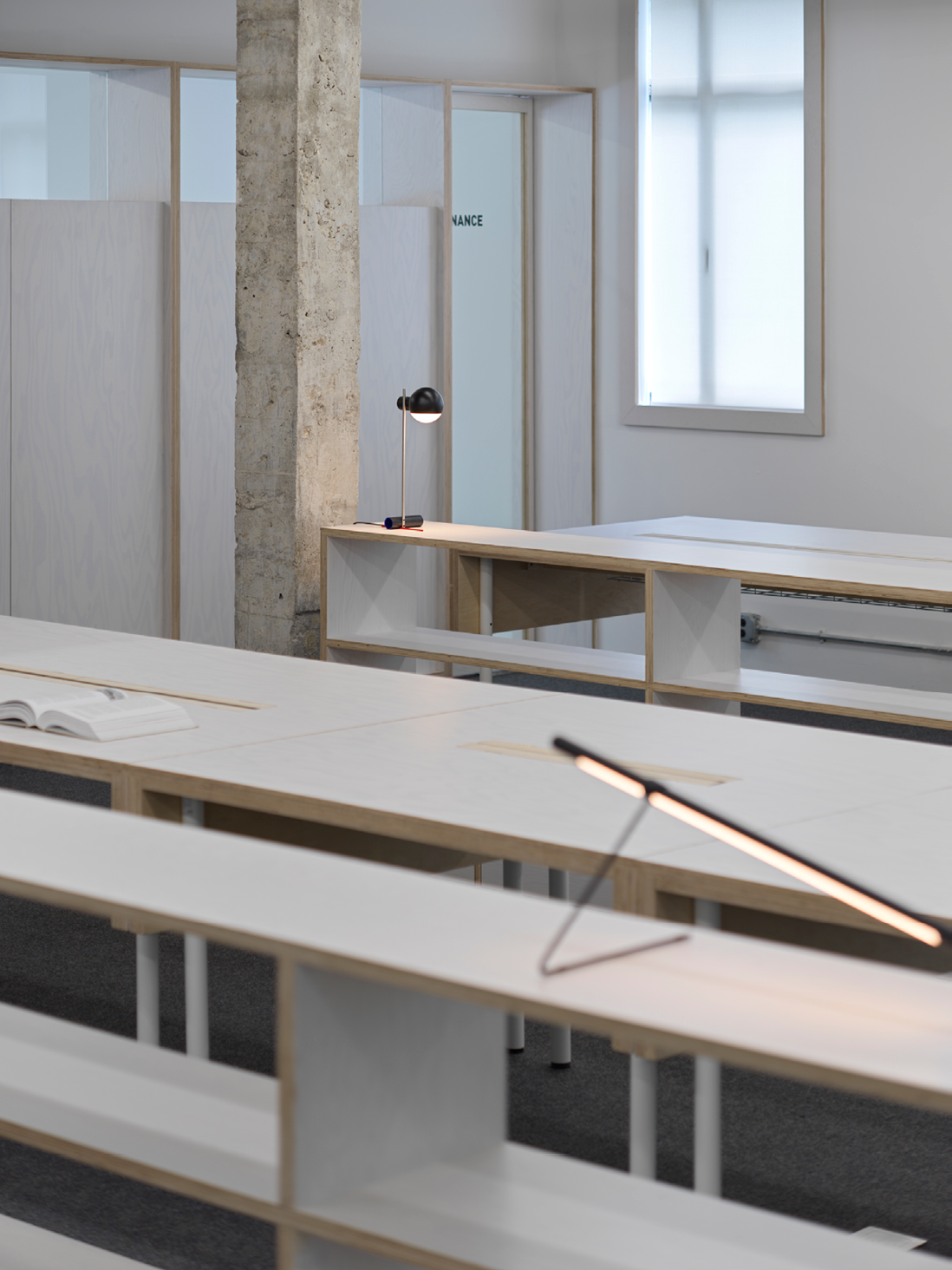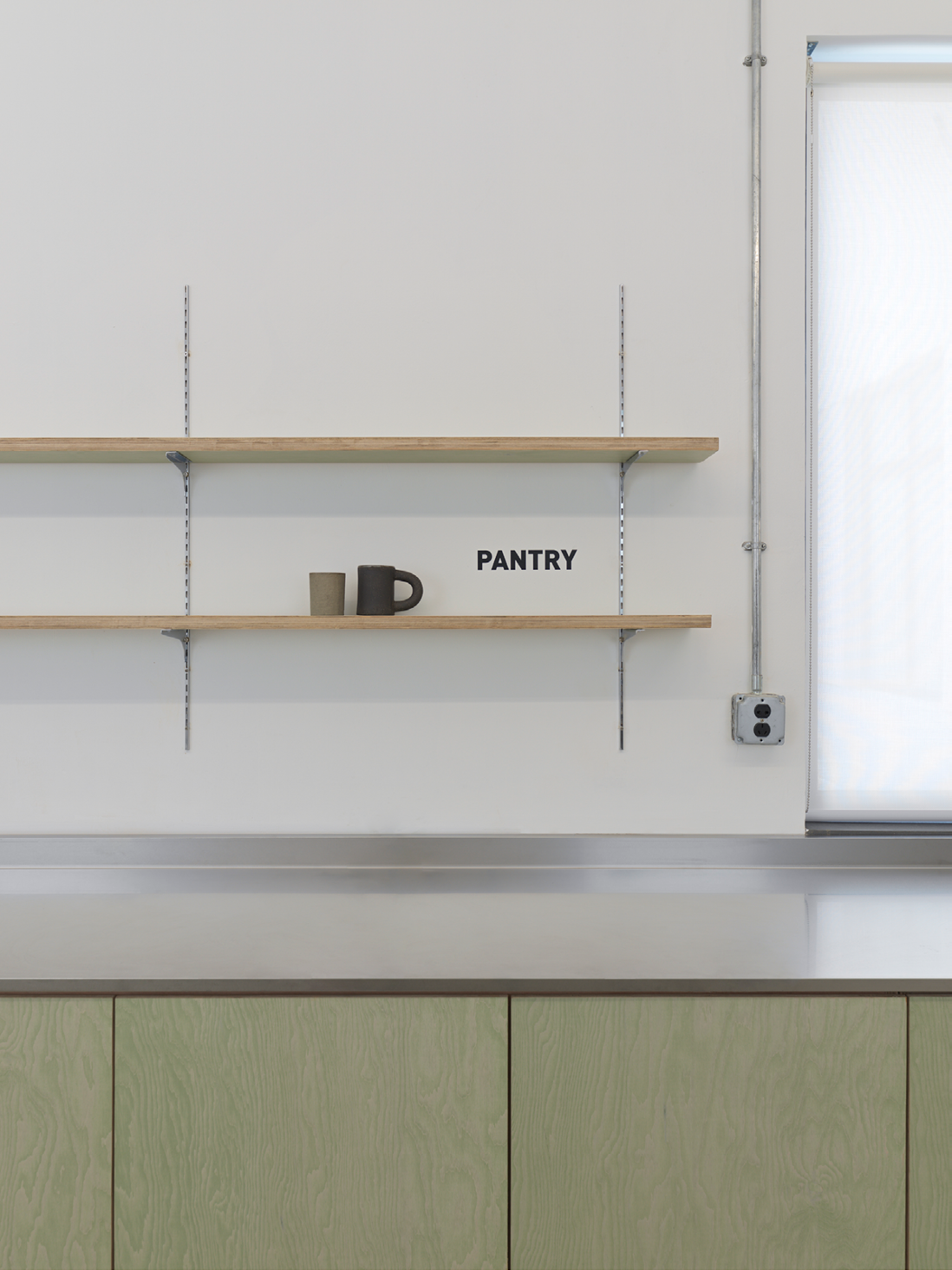Labelhood Office
Location: Shanghai, China
Area: 510 sqm
Status: Complete
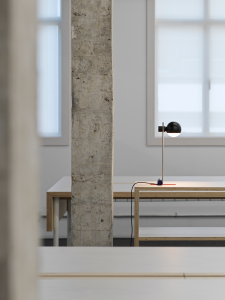
The project is located in the 800 Show Creative Park at the center of Jing’an District. In 1945, the Zhou family built the Xin’an Electric Machine Factory here (renamed Shanghai People’s Electric Machine Factory after liberation). As a cultural and creative park, “800 Show” integrates the original historical appearance of the buildings, with each of the dozen or so buildings being unique. The LeiHu office is one of these buildings, which to some extent also reinforces LeiHu’s unique positioning.
The original spatial conditions of the building are quite complex, with traces of repeated reinforcement by concrete pouring and wooden structures faintly visible. “It seems as if we can see the building having gone through several users, each making various modifications. So when we were designing, we didn’t have the original structural drawings; we were always trying to understand its original structure and restore the interesting parts of it,” said designer GaoYa. “When we first took over the building, it felt quite worn out. We wanted to alleviate its burden, sort out its meridians, and restore its health.”
The original space already had some remarkable parts, such as the light green mosaic tiled old staircase at the north end of the space. During construction, it became a “small obstacle” for the design and construction team. It needed to be well-protected, but at the same time, as the only access route up and down the building, it also increased the difficulty for the workers. The old spatial elements served as connections between different floors or adjacent buildings, becoming important clues in the palimpsest of the building, acting as a bridge between history and the future. Because of the existence of old objects, the designers chose to inject new materials that echo or contrast with the original space to achieve a vivid presentation of the fusion of old and new spatial textures.
We chose moderate decoration under the premise of meeting functional requirements, rather than complete “de-decoration.” This moderate decoration is reflected in every design decision, in the overall spatial layout, material selection, furniture details, and other aspects. We tried to respect the original state of the space. Instead of demolition and reconstruction, we opted for adaptive reuse. This approach is more sustainable and retains the original space’s interesting features. In this office space design project, we did not overly emphasize a certain design style. We combined usage functions, circulation lines, and the characteristics of the original building to create an office space that suits the spirit and corporate culture of LeiHu. LeiHu is a platform that encompasses a variety of brands with different styles, so creating a more serene, humanized, and inclusive office space became the focus of the design. This also coincided with our initial design intentions.
The entire space has clear and practical circulation lines that fully respect and meet LeiHu’s usage needs. The first floor is entirely used for communication and collaboration with various brand designers and product displays, which facilitates visitors and maintains the privacy of the company’s internal work. The second and third floors mainly serve the internal functions of the company. The second floor is equipped with relatively enclosed small spaces for departments that need independent spaces and internal meeting rooms. These small independent spaces surround the central open work area, meeting the needs of various departments while facilitating communication and collaboration between them. The third floor is an open office space with a small meeting room, serving the company’s operations, planning, and other departments.
Each floor has colorful felt carpets of different colors. The choice of felt material is intended to reflect LeiHu’s identity as a fashion platform company, echoing the clothes displayed in the space. Additionally, felt has certain sound-absorbing effects, which can optimize the working environment of the office space. These carpets are also very easy to clean after treatment, helping to maintain the cleanliness of the office space. Some multi-layer board furniture surfaces are covered with a layer of felt, the same as the carpets, to unify the design language. The color of the wooden veneer of the furniture is specially extracted from the light green old staircase, but the exposed multi-layer board sides are retained to achieve the fusion of new and old within the space. The natural texture of marble corresponds with the exposed parts of the original structure, fitting the natural and inclusive spatial quality of the office space.
We customized a type of light fixture for the chandeliers. This type of light fixture is originally a grid bridge frame commonly seen in factories and warehouses. We wanted to create a unique studio lighting atmosphere in a relatively simple form. The metal nodes and grids formed by the chandelier system blend with the exposed ceiling structure and correspond to LeiHu’s commonly used metal frame racks, bringing more layers to the space.
The adaptive reuse of the old building is reflected in every design decision of the entire project. The restoration and reconstruction of the original building complement the integration of new elements. All of this transforms the historically rich old building into a calm yet vibrant corporate office space.
